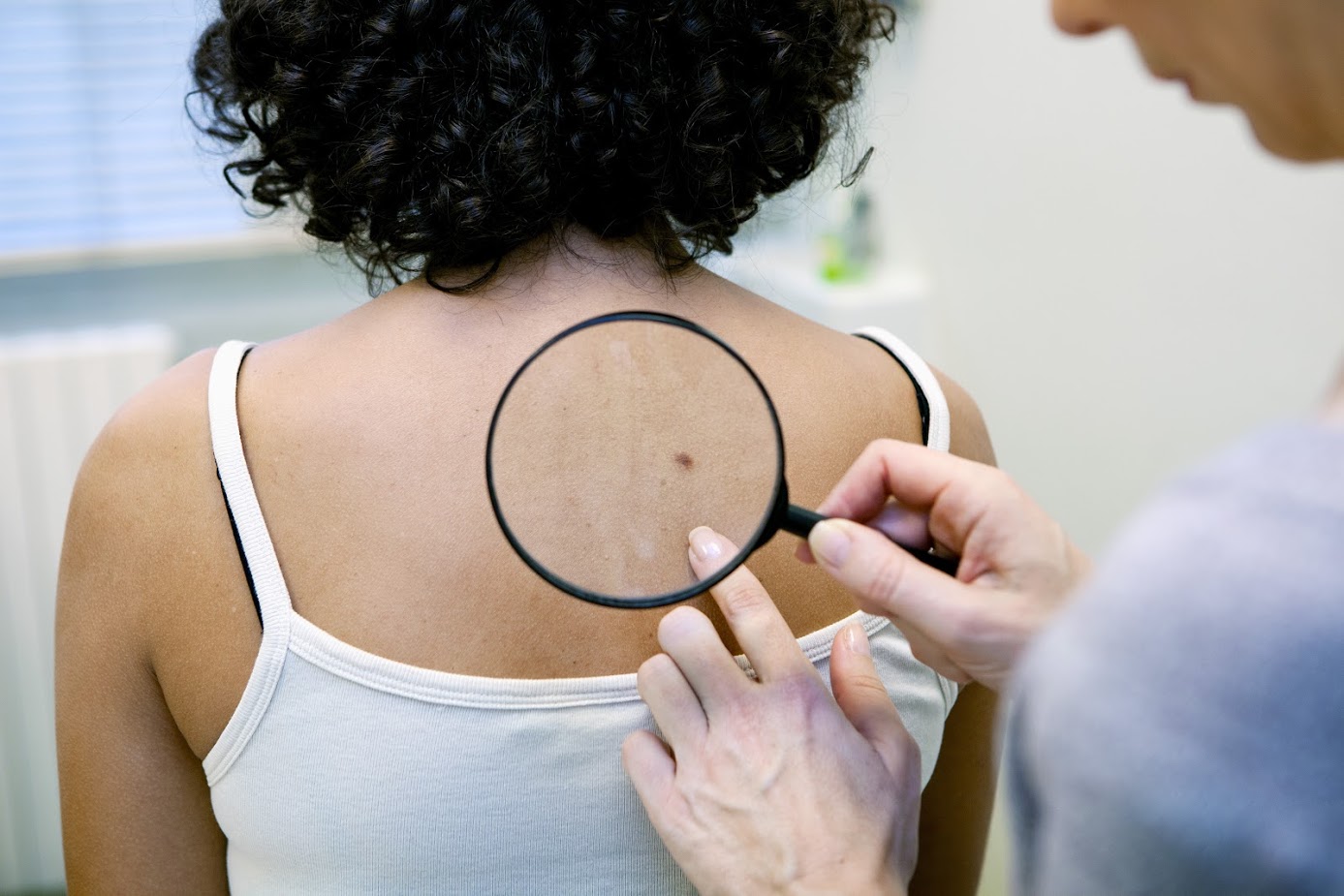
Dermatofibroma: Generally Just a Cosmetic Issue
Dermatofibroma – also known as benign fibrous histiocytoma – is a slow-growing, benign skin nodule that usually develops on the lower legs. Dermatofibromas occur in adults of all ages but are more common in women than men. However, the growths are rare in children.
Because these noncancerous growths do not go away on their own, you may want to consult with a dermatologist to learn more about these skin lesions.
What Dermatofibroma Looks Like
Dermatofibroma is a small, round nodule that may appear brown, red or purple in color. Usually, the growth looks reddish at first but changes to brown. The bumps tend to be darker on people with dark skin tones.Although the cause of this common type of skin tumor remains uncertain, dermatofibroma sometimes develops following a bug bite or other minor injury to the skin.
Dermatofibroma is a raised lesion on the skin, but most of the lump is under the skin. These benign growths can develop anywhere on the skin but commonly appear on the legs, arms or torso – including the upper back. The lesions, which may look slightly scaly, vary in size. However, most dermatofibromas do not grow larger than a half inch in diameter.
The tumor grows in the dermis – the thick layer of tissue below the epidermis – but sometimes extends into the subcutaneous tissue – the deepest layer of skin. You can have one dermatofibroma or several, but multiple dermatofibromas aren’t as common as developing a single lesion.
If you pinch the sides of the lesion, it will dimple inward in the center. Along with physical examination of the lump, dimpling is a sign that doctors consider when making a clinical diagnosis. A dermatologist may take a biopsy to rule out the possibility of a malignant lesion if bleeding occurs or the nodule doesn’t look like a typical dermatofibroma.
How Doctors Treat Dermatofibroma
Generally, treatment isn’t necessary because dermatofibromas do not become cancerous. While many people don’t suffer symptoms associated with these nodules, some individuals experience itching and tenderness.
If a nodule becomes irritated or you don’t like the way it looks, a doctor can shave off the top of the nodule with a surgical scalpel. However, shaving only flattens the part of the nodule that you can see on the skin’s surface. Because the part of the tumor deeper under the skin remains, the nodule may eventually grow back in time.
Some doctors freeze the bump with liquid nitrogen. Like the shaving method, the nodule can grow back. Freezing also leaves a white scar. If you have more than one dermatofibroma on your face, a dermatologist may recommend laser surgery.
Consequently, you may opt to have the lesion completely excised. However, doctors warn that the permanent scar the surgery leaves behind may look more aesthetically unattractive than the dermatofibroma. You may only want to consider complete surgical removal if you experience troublesome symptoms.
What Are Signs of Dermatofibroma
Although dermatofibromas are noncancerous growths, sometimes they are mistaken for melanomas. Trauma to a lesion can lead to ulceration and a misdiagnosis of squamous cell carcinoma. No matter what the cause of a lump, it’s important to report any new skin growths, lesions or lumps that are painful, change color or grow quickly in size to your doctor or dermatologist.
Individuals with low immunity are often more susceptible to developing these benign growths. Therefore, if you have a weakened immune system, make your doctor aware of any bumps that appear on your skin.
Dermatofibroma has been reported in individuals with Grave’s disease, atopic dermatitis, Hashimoto’s disease, ulcerative colitis and Crohn’s disease. Certain medications, including antiretroviral agents used to treat HIV, may also contribute to the development of these lesions.
Contact the professional team at Asheboro Dermatology & Skin Surgery Center with questions or concerns you have about dermatofibroma or other skin growths.
